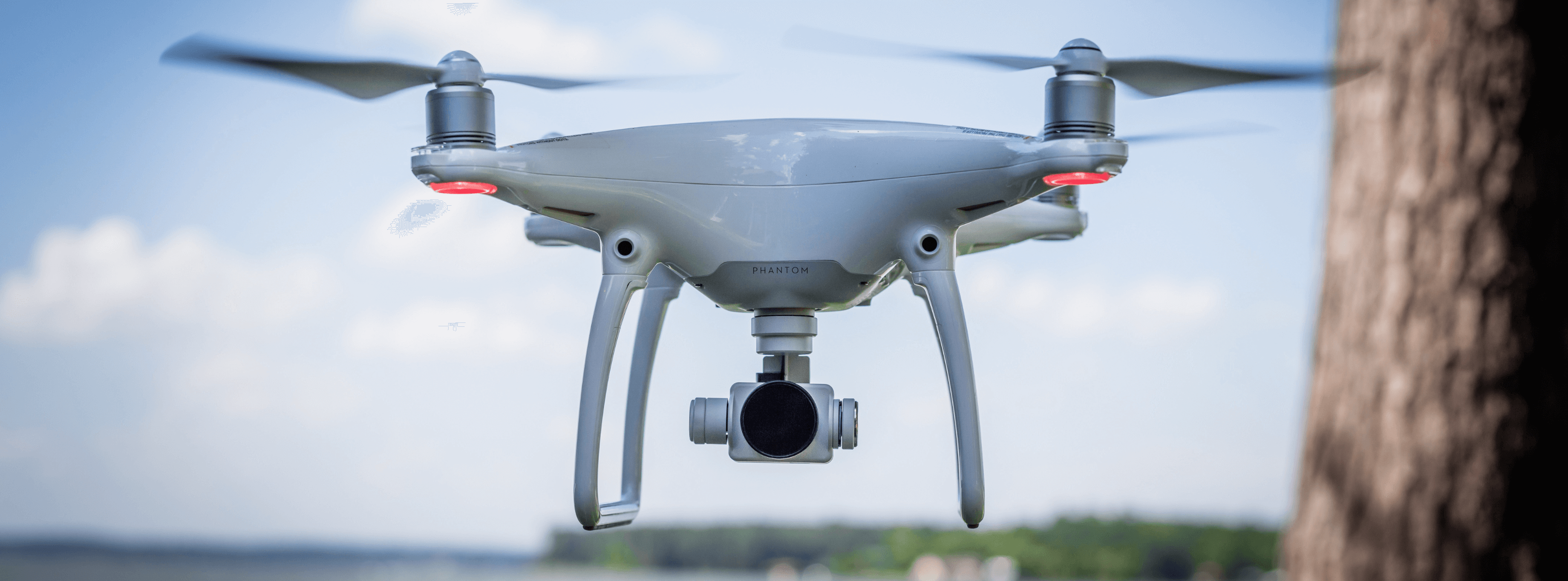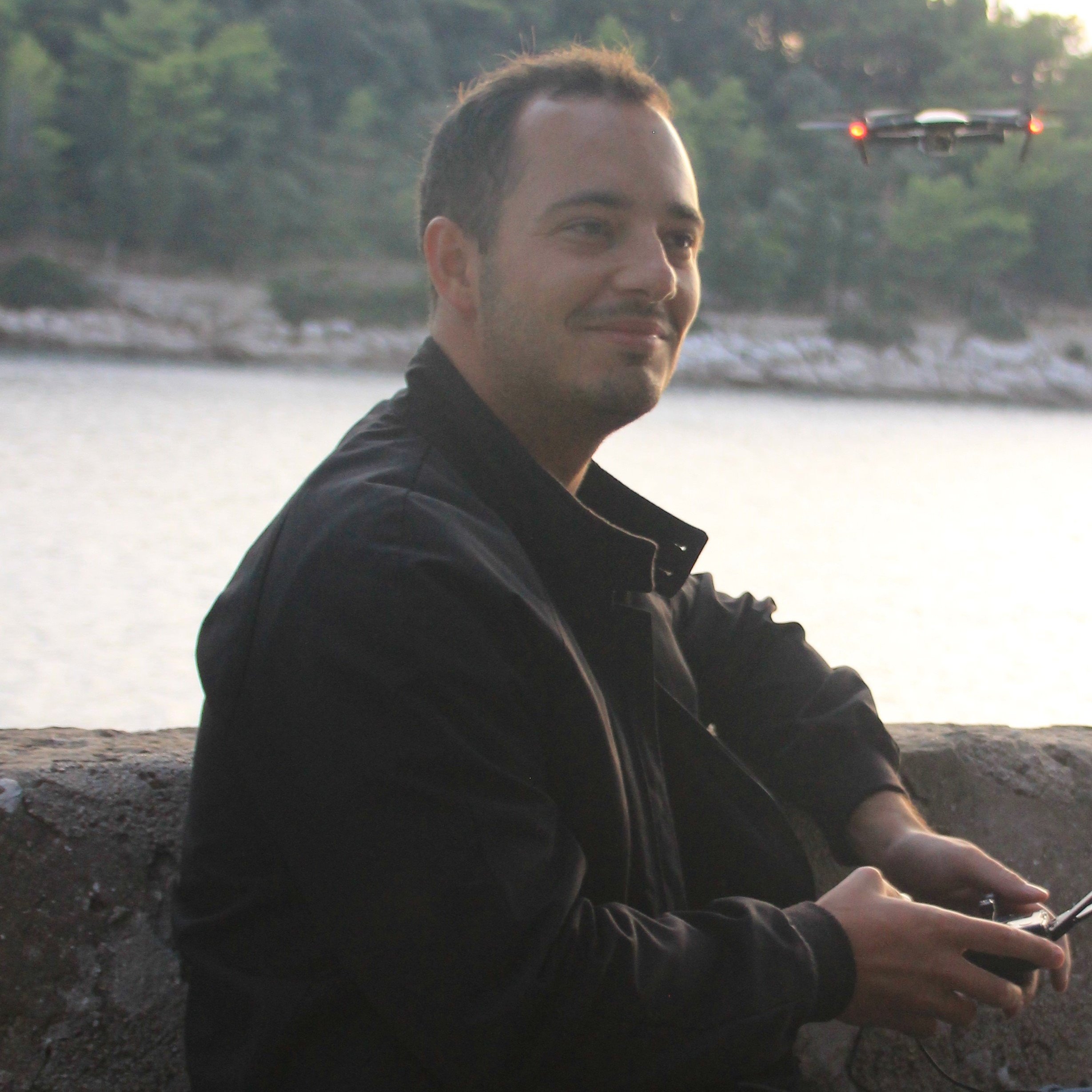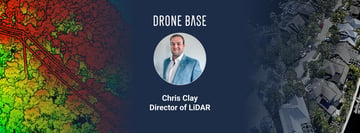Hurricane season is underway in the Gulf of Mexico and along the Atlantic coast, and when a big storm hits, destruction is inevitable.
Falling trees, flying debris, heavy rainfall, high winds and flooding are just some of the threats homeowners have to brace themselves for.
It’s also a time for insurers to prepare. In 2017, hurricanes Harvey and Irma caused an estimated $200 billion and $65 billion of damage respectively.
The year marked the first time drones were used at scale as part of the recovery process. “I don’t think it’s an exaggeration to say that the hurricane response will be looked back upon as a landmark in the evolution of drone usage in this country,” former FAA Administrator Michael Huerta suggested at the time.
For those living in at-risk areas, the question is when homes will be damaged and to what extent, not if. Which means insurance companies have to be ready to assess claims quickly and at scale when the time comes.
Fortunately, gathering data at speed and at scale is where drone technology comes to the fore. Drones are already supporting insurers, independent adjusters and third party administrators as they work to safely and quickly investigate claims during hurricane season.
The main benefit of using drone inspections for insurance claims is speed. Claim investigators can assess damage to structures and rooftops from above, using a drone to capture high-resolution images in a fraction of the time it would take to carry out a manual inspection.
Ultimately this means insurers can process more claims in less time. It goes without saying that even the smallest of efficiency gains are invaluable during hurricane season, when families need assurance and claim cycles to be as short as possible.
There’s also an added flexibility that comes with using drones. When hurricanes are forecast and insurers can predict areas about to be hit by the storm, drone teams can be pre-deployed to ensure the recovery process gets underway as soon as possible.
This year more than ever, drones are set to play an important role in making homeowners whole again during what is always a challenging time.
Making insurance inspections safer
Assessing the damage to a home or other structure during hurricane season is risky business.
According to the World Health Organization, the United States has more ladder-related deaths than any other country, as well as hundreds of thousands of emergency room visits each year due to falls from ladders.
The risk is higher during insurance claim inspections, which are often carried out while weather conditions are still far from ideal. Damaged structures add uncertainty and another element of danger to the process.
Just as with industrial inspections in a range of industries, using a drone to get the data means boots stay firmly on the ground and the safety of the inspection team is prioritized.
The future of hurricane season insurance inspections
When applied to post-hurricane insurance inspections, DroneBase’s Insights Reports have the potential to squeeze even more value from drone data and is part of our ongoing mission to provide businesses with the fast, affordable and reliable data they need to make better decisions.
Through our in-house team of subject matter experts with more than 30 years of experience, and AI-assisted anomaly detection, Insights Roof Reports identify specific types of damage, removing the need for manual inspection and tagging. And as well as keeping workers safe in post-hurricane conditions, smart software reduces the human error that comes with manual categorization.
We’re all set to lower insurers’ operating costs, reduce the time from claim to payout for homeowners and ensure the inspection process is as safe as possible for crews on the ground.
You can read more about DroneBase’s Insights Roof Reports here.




.jpg?width=360&name=Banner%20Templates%20(12).jpg)
